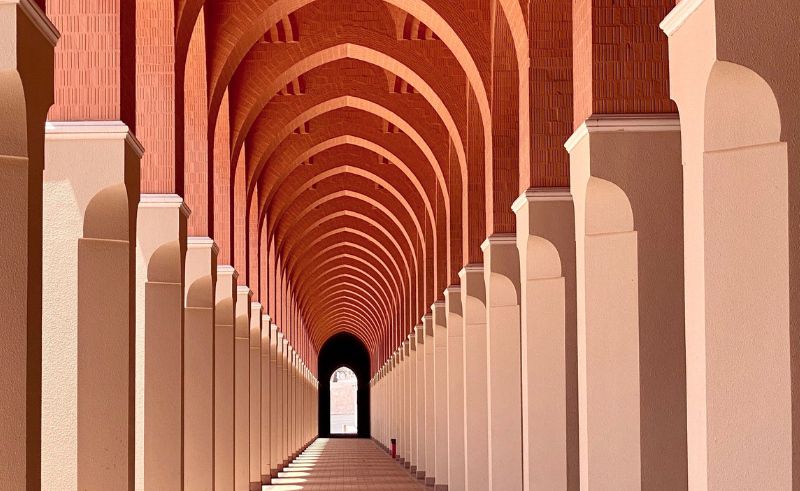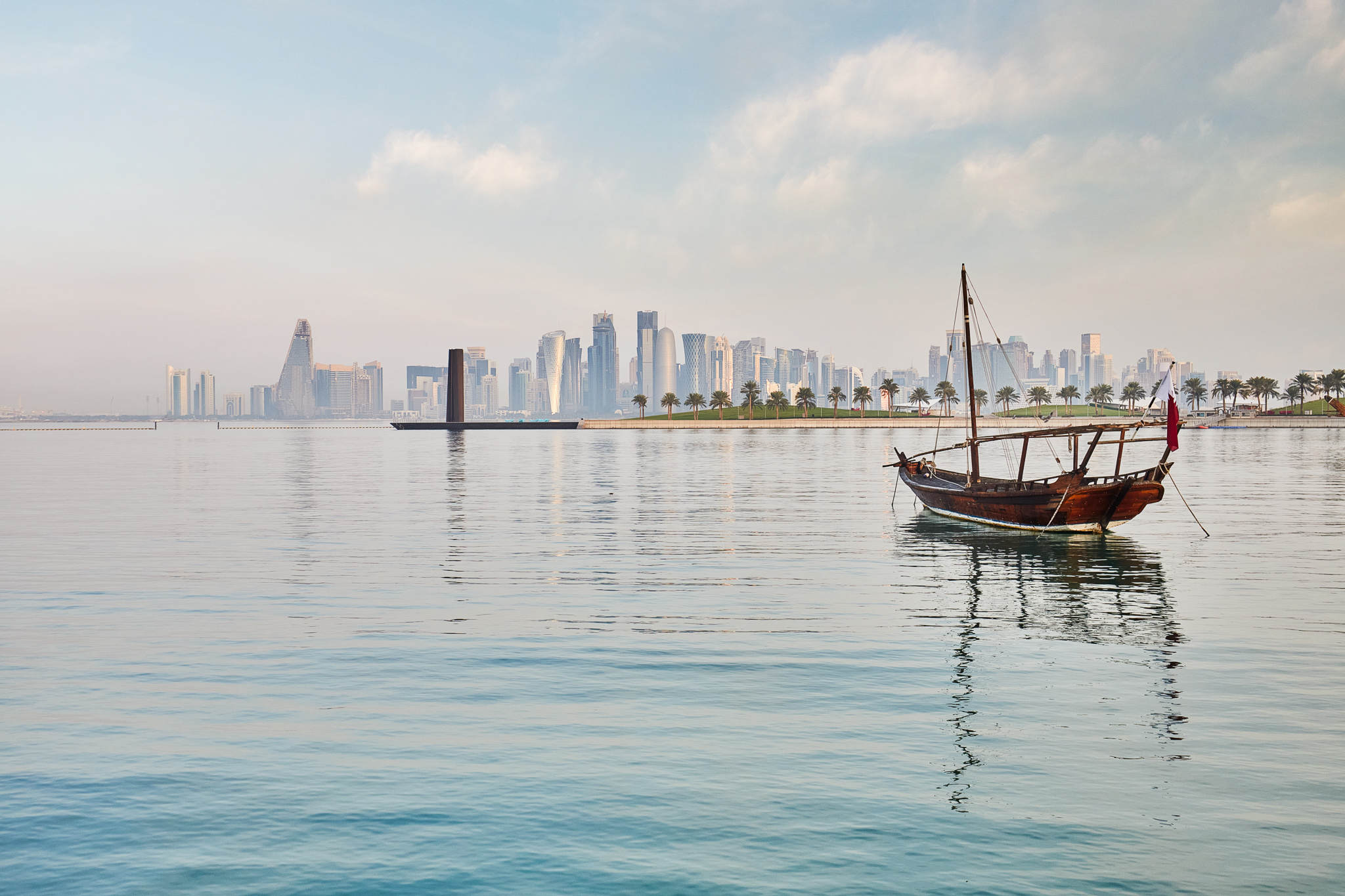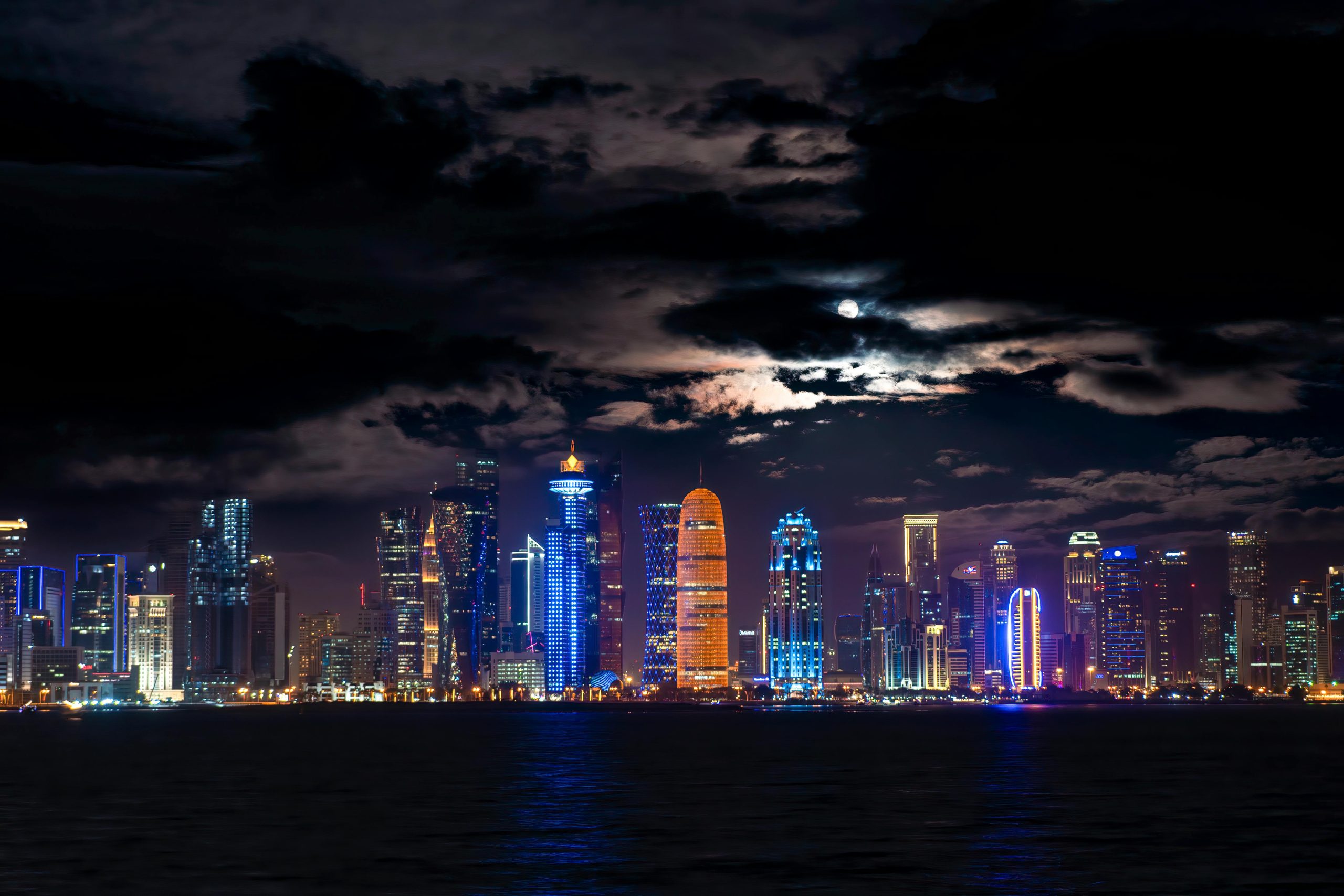During the pre-industrial architectural age, built environments were constructed along traditional lines using natural, local materials and relying on craftsmen and masons to manifest them.
This approach ensured cultural, environmental, social, and spiritual relevance to the space. However, the advent of industrial materials and the modernist ideology radically altered the course of architecture.
Traditional methods were replaced with modern, mechanical, and industrial environments that often lacked any connection to place or people. Urban proportions were redefined to prioritise mechanical mobility, particularly cars, which diminished human-centric public spaces and stifled natural social interactions. Cities transitioned from being human-focused, with spiritually meaningful forms and hierarchical structures, to car-dominated spaces filled with buildings symbolising scientific achievement and capitalism, devoid of deeper relevance to humanity.
To reverse this trend and revitalise traditional architecture in both substance and form is not merely an aspiration but a necessity. A built environment aligned with our natural surroundings fosters harmony with ourselves and the world around us. Without this, our built spaces risk failing to reflect our values and identities, severing the symbiotic relationship between humanity and its environment.

The impact of traditional architecture and urbanism cannot be overstated. It offers solutions to many contemporary challenges—economic, social, cultural, and environmental. Unlike modern, industrial, and highly mechanised structures, traditional architecture is inherently sustainable, proportionate, and human-centric. It uses locally sourced materials, reducing ecological costs associated with importing resources and minimising embedded energy and environmental exploitation. Its human-scale design fosters natural social engagement without reliance on artificial or mechanical interventions. Traditional forms and spaces serve as “linguistic metaphors,” channeling meaning and reflecting societal values.
The architectural forms of our cities shape how we perceive ourselves, others, and the natural world. Buildings stand as narratives for future generations, telling the story of who we are and what we stand for. This narrative shapes our sense of belonging. The choice is clear: designing and constructing future cities with traditional architecture achieves harmony, fostering beauty, peace, and a profound sense of connection.
This article is an opinion piece by Fahad Bin Mohammed Al-Attiya, a Diplomat & Social Impact Entrepreneur, and does not necessarily reflect the views of Doha News, its editorial board, or staff.







